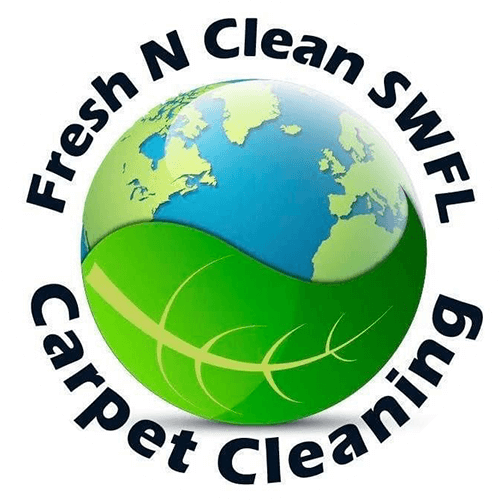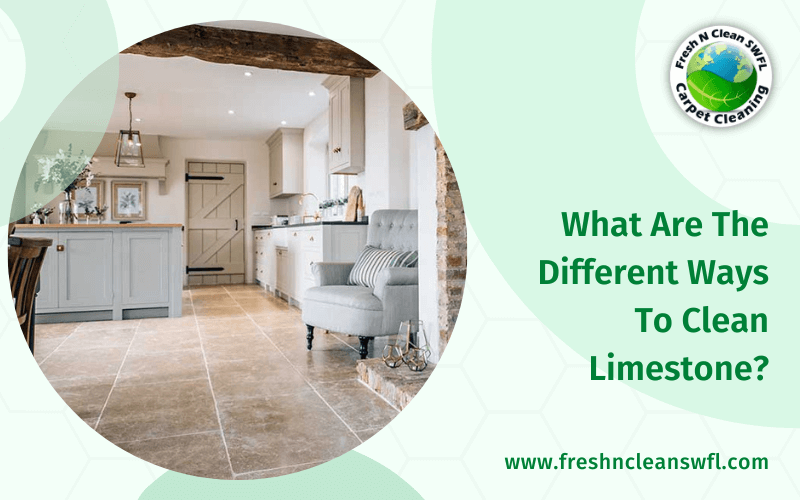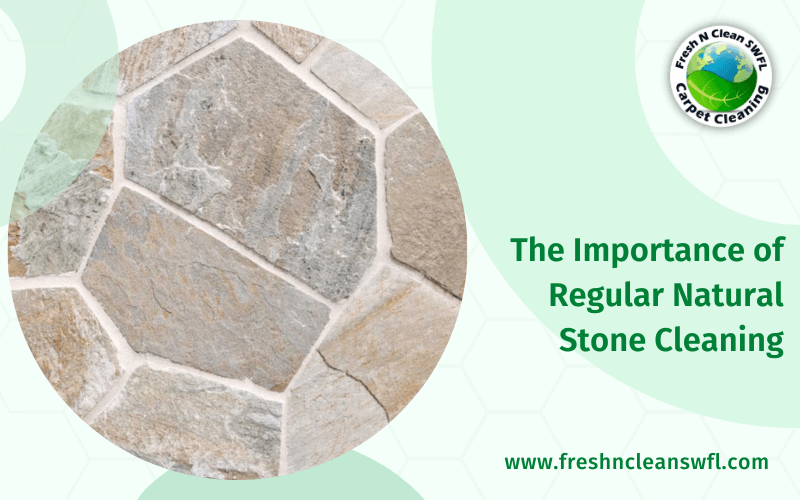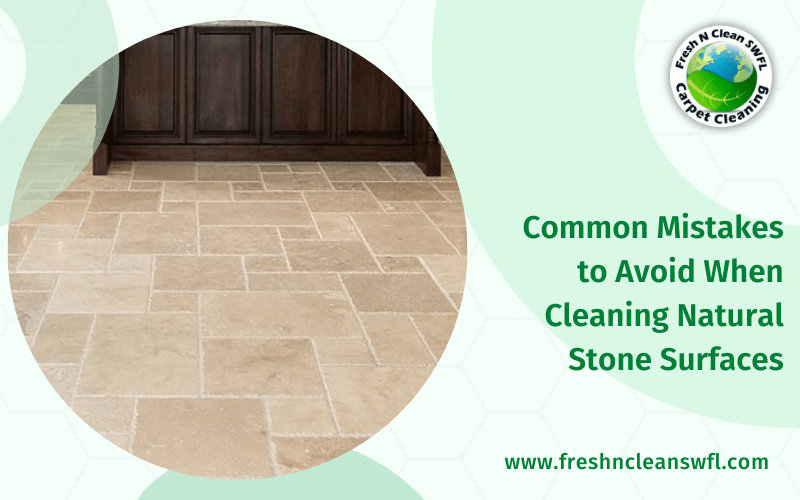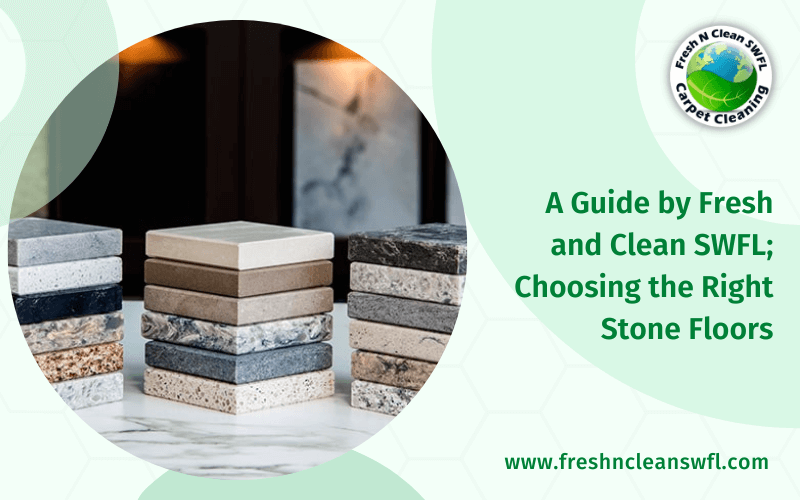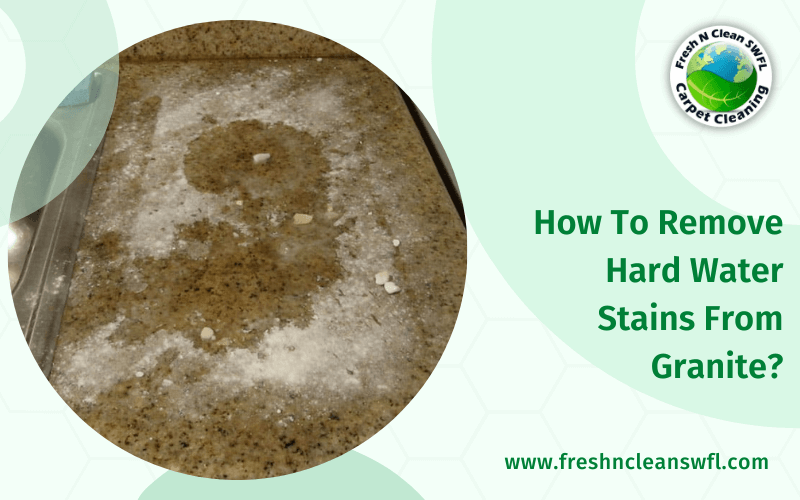Limestone is sedimentary limestone that is frequently used for outdoor paving, worktops, shower surfaces, and wall tiles. Although it is somewhat soft, limestone can have a long, useful life. As a result, it is susceptible to etching from acidic chemicals, heat damage, and easy scratching.
Improper cleaning and maintenance can wear down the stone, and any damage may require expert restoration. Strong cleaning agents that don’t have a neutral pH could potentially damage limestone’s surface more than they help. Professionals can also assist if you wish, as here is the step guide to cleaning limestone surfaces and tiles.
Step Guide To Clean Limestone Surface And Tiles
↝ Gather Your Limestone Cleaning Supplies
A vacuum, broom, or dry mop is required to clean limestone floors. A sponge mop should be available as well. For this job, mild dish soap will work, but you might wish to invest in a soap made especially for limestone. Also required are a bucket and some gentle towels.
Naturally, get some sealer if you need to reseal the surface. Grab some white flour and hydrogen peroxide if you need to remove any stains from the limestone.
↝ Vacuum, Sweep, Or Dry Wipe The Limestone Surface
You can vacuum the limestone surfaces if you switch off the spinning brush. However, take great caution to avoid going beyond the surface. Sand and debris are easily removed from cracks and crevices by vacuuming. Otherwise, sweep up any dirt and debris with a broom or dry mop.
Use a dry, soft cloth to remove as much dirt as you can off counters and walls. When wet cleaning limestone, any particles remaining on the surface have the potential to cause numerous scratches.
↝ Wet Cleaning Of The Limestone Tile
All you need to clean limestone is a bucket of warm water with some soap dissolved in it. Wipe other surfaces with the mixture after gently mopping the stone floors. Take your time during this process and give the soap plenty of time to dissolve the dirt.
↝ Cleaning Your Limestone Stains
With 3/4 cup of flour and a few drops of hydrogen peroxide, you can create a paste to use as a poultice. The paste should be applied to the stain and left to dry, which could take a day or two.
Once the paste has dried, carefully remove it with a soft-edged scraper. Find a place where nobody can see, and test the effect there first for safety.
↝ Rinse Tiles Thoroughly
In addition to attracting dirt and increasing the buildup of dirt, soap left on the surface of limestone can also leave a coating that makes the stone look dull. Your mop bucket should first be emptied, properly rinsed, and then filled with fresh, warm water.
Apply a freshwater rag to the surface. Until it seems that the soap residue has been removed, repeat this process.
↝ Reapply Limestone Sealer
Reapplication of sealer might assist in providing improved stain and damage protection for your wonderful limestone. It is worthwhile to invest in a high-quality limestone sealant.
How Do You Remove Black Stains From Limestone?
A poultice made of hydrogen peroxide and flour can be used to remove stubborn stains from counters. Hydrogen peroxide and 1/4 cup of flour are combined to create the solution. After that, combine the two components to create a paste. The paste should then be applied to the stain and left to dry.
If you are struggling to remove the stains or have no time to perfectly maintain your limestone, you can also hire professionals. They are experts in using hi-tech tools and can make your limestone like new again. They aim to provide the best service in this area. If you have any inconvenience you can call them 24/7.
